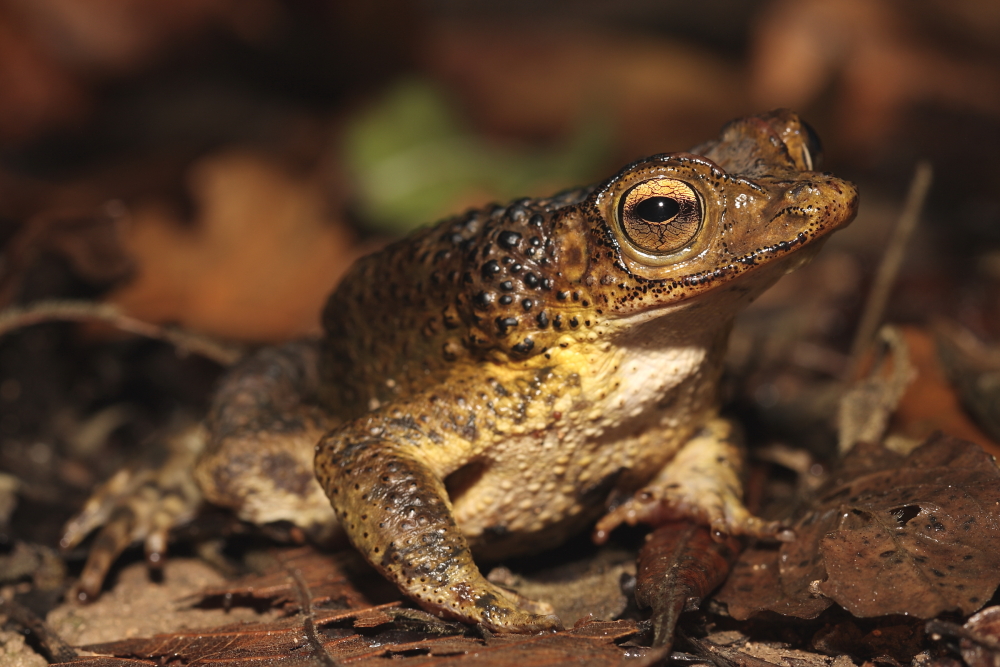Home
The Puerto Rican toad, Peltophryne lemur, was first described in 1868 (Cope, 1868) and once thrived in Puerto Rico and Virgin Gorda. Habitat loss and introduced species, such as the toad Rhinella marina [=Bufo Marinus], are the main causes of the decline in the toad population and led to the fact that in 1987 the US Fish and Wildlife Service (USFWS) declared it endangered, and the International Union for conservation of nature and natural resources (IUCN). The crested toad is the only toad found in Puerto Rico and is easily distinguished by its unique head crest. It lives in a dry and semi-arid climate in karst limestone formations and is a representative of the ancient and characteristic clade bufonidae(Pramuk et al.2007). In Puerto Rico, toad populations were once divided into two distinct populations in all karst regions: one in the north and one in the south. Analysis of mitochondrial DNA showed that these two populations were separated over a period of up to 1 million years. Despite the significant genetic divergence in these two populations, recent genetic analysis shows that they do not differ enough to justify the classification of species or subspecies (Beauclerc et al., 2010). Northern toads have not been seen in the wild since 1992, and biologists believe that the population has been destroyed. Currently, the only known wild population occurs in the south and lives in a small pond located in the Białowieża forest, as well as in two other places adjacent to this area.
In order to save this species from extinction in 1984, the American Association of Zoos and aquariums (Aza) developed a species survival plan (SSP). The objectives of the SSP include island-wide education and outreach, research, the protection of existing habitats, the creation of new ponds and the creation of at least six self-sustaining populations in the wild. The reintroduction programme is an important part of the recovery plan for this species. The reintroduction program began with the release of more than 3,400 toads from four institutions (Buffalo, Fort Worth, Juan Rivero and Toronto zoos) between 1982 and 1992. Since 1992, more than 300,000 hatched tadpoles have been reintroduced to the island from more than 20 zoos in the United States and Canada.
Historically, populations of wild and captive crested toads have been jointly managed by the AZA prct SSP, the Puerto Rico Department of natural and environmental resources (prdner) and the U.S. Fish and Wildlife Service (FWS). In 2003, the DPR working group expanded to include various individuals and institutions (i.e. representatives of the FWS, prdner, Aza, Puerto Rico National Parks company (prnpc), Para la naturaleza, scientists, local NGOs, universities, teachers, private landowners, community groups and volunteers) to implement the objectives of the recovery plan. In 2013, Aza, FWS and prdner signed an official memorandum of understanding aimed at strengthening cooperation and participation of participants in cooperation to promote and support the recovery and conservation of the Puerto Rican toad.
____________________________________________________________________________________________________________________

